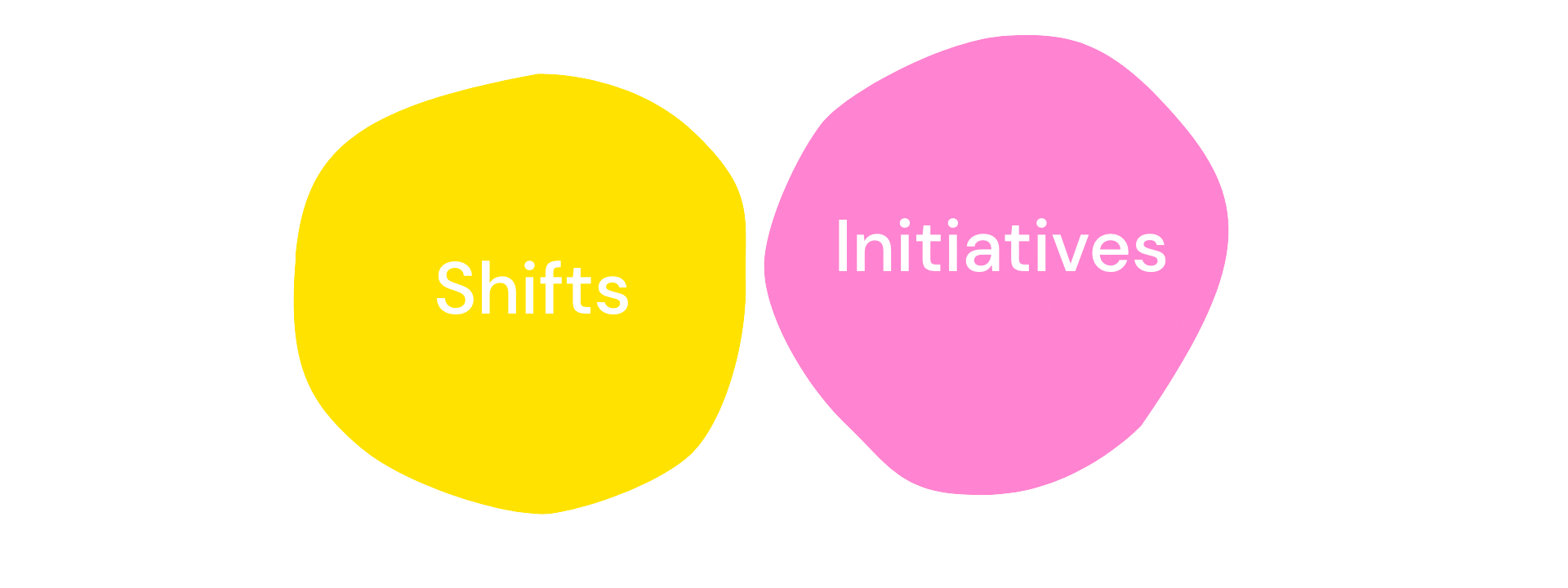
A theory of change for reshaping the recruiting experience
Xing e-recruiting
- User interviews
- Research
- Design thinking workshops
- Graphic design
How might customers and users experience our recruiting product in five years’ time? This question was the trigger for creating an experience vision as New Work SE embarked on a major strategic shift to their suite of recruiting products and services. The purpose of the experience vision was to serve as inspiration and “north star” for teams and stakeholders.
Challenge
As part of a small team of in-house UX designers, I was tasked with providing guidance and support in conducting user interviews, creating a customer journey map, and researching future trends and patterns. All with the aim of creating a storyboard or other narrative deliverable that could tell the story of “the customer experience in 2027”.
At the heart of a new product roadmap was a potentially powerful mission statement that seemed to put users and the user experience firmly in the center of the future strategy. However, this statement was backed up by initiatives of purely technical and organisational nature only. It soon became clear to our work group that what was needed was a holistic view of the change required to make sure the product will stay relevant in the future. Rather than something speculative, there was a need for something more concrete and immediately useful to galvanise team efforts.
Theory of change poster mockups
From experience vision to a theory of change
We synthesised our insights into a theory of change; six statements that outline the desired shifts to the user experience that the service should drive. These statements will serve as starting points for ideation, as means of verifying the validity of initiatives, as well as litmus tests for testing the real-life impact of product implementations. In short, UX principles that can guide stakeholders through all stages of product design and implementation.
It was important to us to make our theory of change into an operative guide – and not just something stakeholders would look at once. We identified Miro as the tool most central to the common workflow and initiated the implementation of templates organised around these statements. These templates will serve as frameworks for workshops in various situations and scenarios, such as impact mapping and definition of KPIs.
Credits
With Janina Klewer and Dulce De La Rosa
Prioritisation; Mapping the impact of initiatives to shifts
Defining KPIs; Making sure not to turn metrics into goals
In the end, the outcome was something quite different from what most expected when we started. But it became something with a huge potential for impact: a hands-on and practical toolset for change – in a format familiar to everyone and embedded in their workflow – to be used throughout the organisation on a daily basis.
